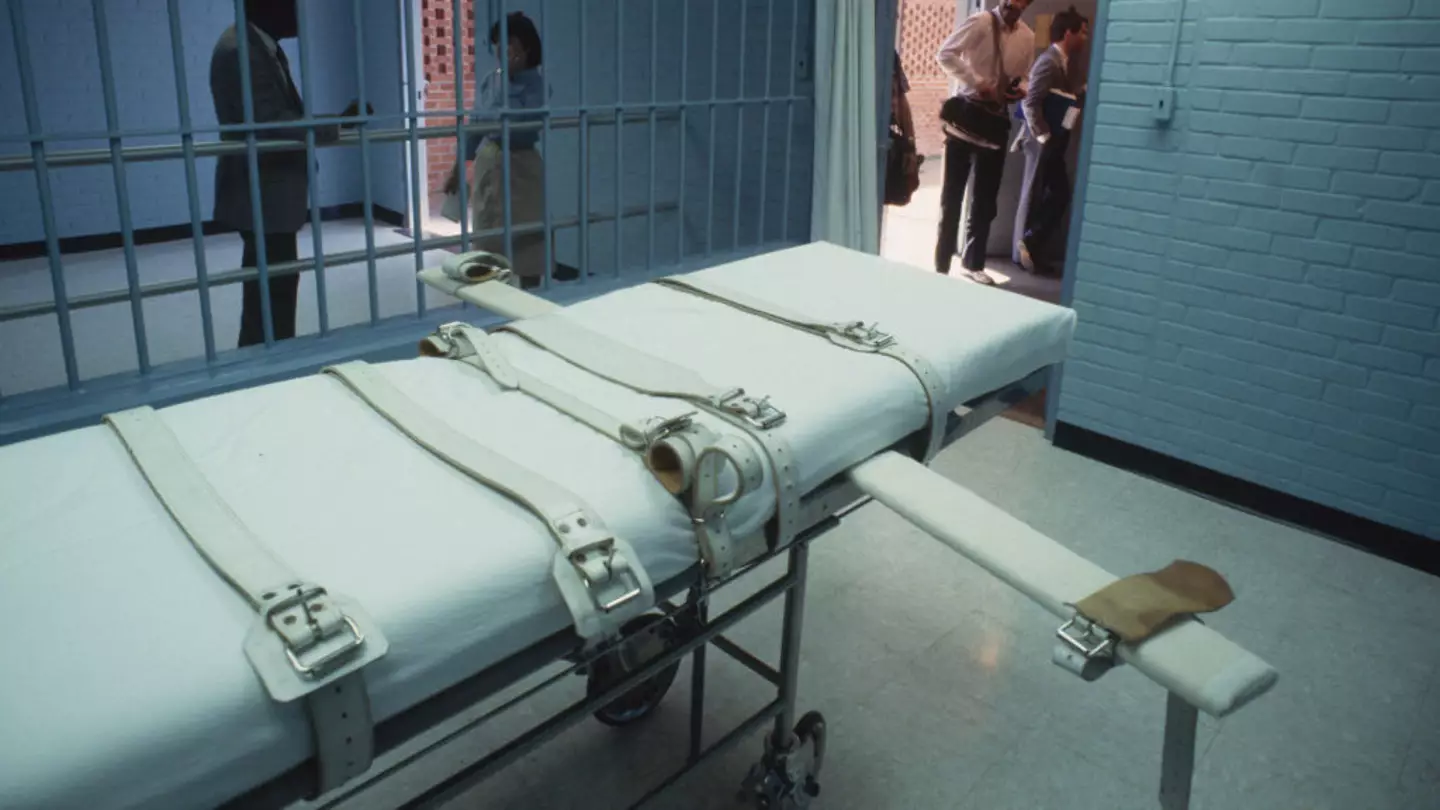
Eerie reason why some US states brought back controversial death row execution method
Brad Sigmon become the first person in almost 15 years to be executed by a previously banned method earlier this year
Featured Image Credit: Jerry Cabluck/Sygma via Getty Images
Topics: Crime, True Crime, US News
 Rhianna Benson
Rhianna Benson
Rhianna is an Entertainment Journalist at LADbible Group, working across LADbible, UNILAD and Tyla. She has a Masters in News Journalism from the University of Salford and a Masters in Ancient History from the University of Edinburgh. She previously worked as a Celebrity Reporter for OK! and New Magazines, and as a TV Writer for Reach PLC.
@rhiannaBjourno